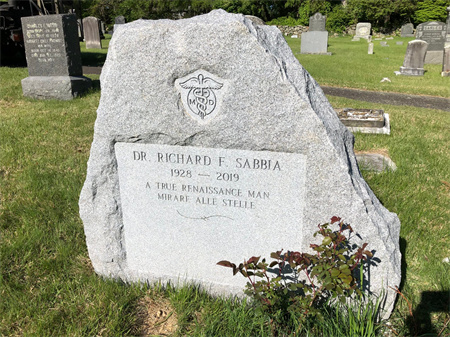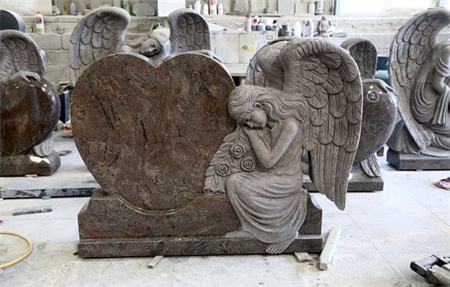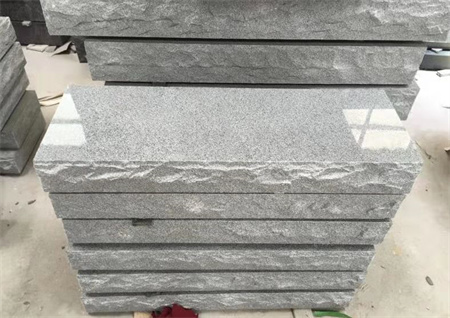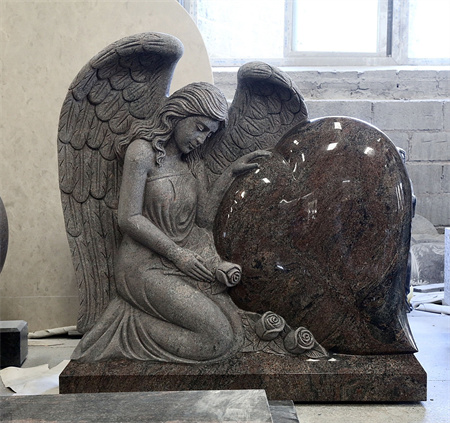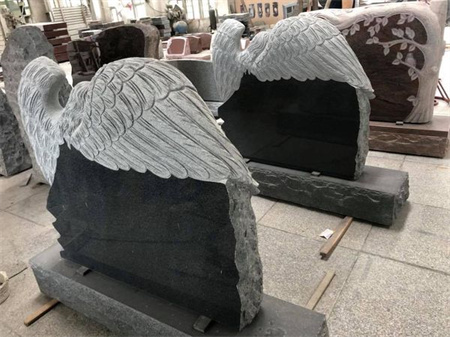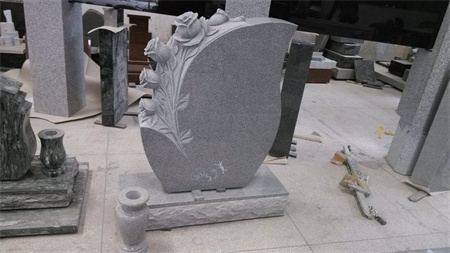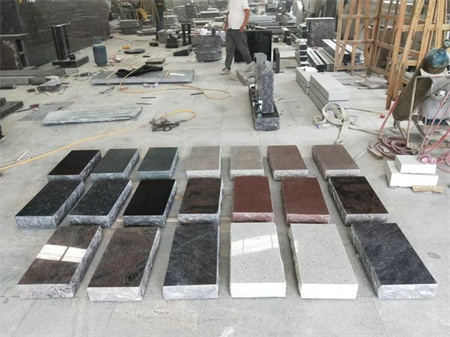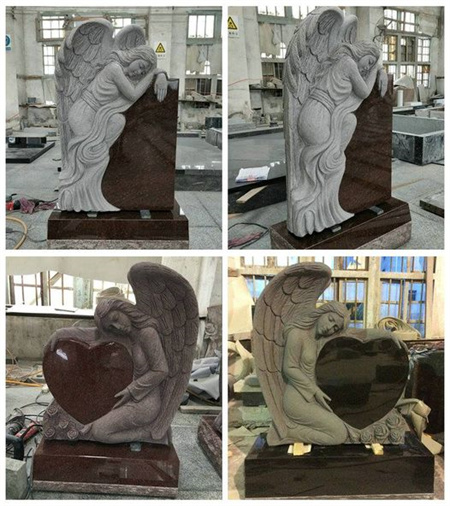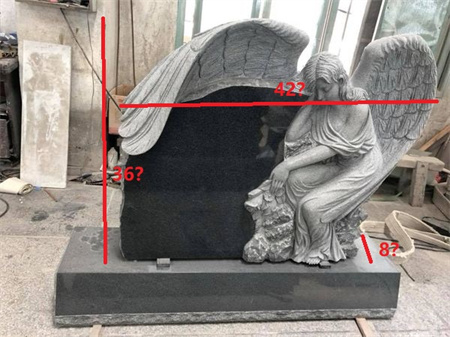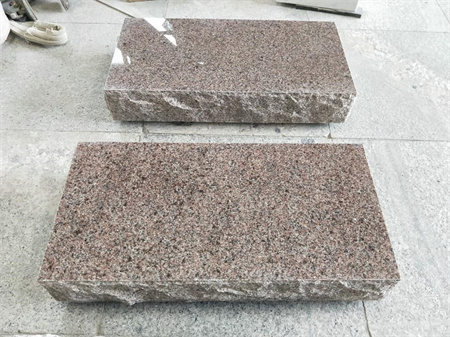When it comes to selecting a granite memorial manufacturer, the decision carries significant weight. After all, the memorial you choose will serve as a lasting tribute to a loved one, so it’s essential to ensure the manufacturer you select has the expertise, craftsmanship, and values that align with your needs. Granite memorials are not just stones; they are symbols of love, remembrance, and respect. So, what should you look for when choosing a granite memorial manufacturer?
One of the most important factors to consider is the reputation of the manufacturer. Start by researching their history and background. How long have they been in business? A company with a long track record is more likely to deliver high-quality products. Customer reviews and testimonials can also provide valuable insight into their level of service and the quality of their memorials. Check for any signs of trust and reliability—do they stand by their products? Are they willing to answer questions and provide a thorough explanation of the materials and process?
The quality of the granite used in the memorial is another critical consideration. Not all granite is created equal, and the quality can vary significantly between suppliers. Ensure the manufacturer uses premium-grade granite, known for its durability and resistance to the elements. The finest granite should be able to withstand the test of time, maintaining its beauty and integrity for generations. Ask the manufacturer about the sourcing of their granite—whether it’s locally sourced or imported—and the specific types of granite they offer. Some types of granite are particularly known for their strength and ability to resist weathering, so make sure the material chosen suits the climate where the memorial will be placed.
Customization options also play a significant role in your decision. A memorial should reflect the uniqueness of the person it honors, and the manufacturer should offer a variety of customization options to ensure this. From the design of the memorial to the engraving and finishes, the manufacturer should allow for personalization that aligns with your vision. Look for manufacturers who offer custom shapes, sizes, and colors, as well as options for adding special symbols, messages, or artwork. The ability to work with the manufacturer’s designers to create a one-of-a-kind tribute can make all the difference in achieving the right memorial.
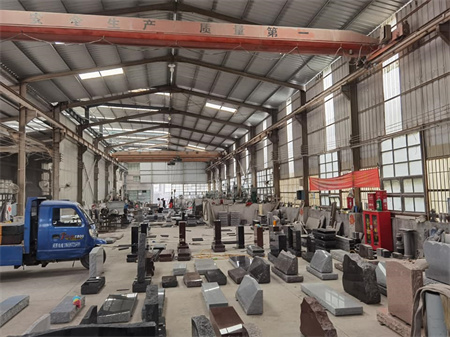
The installation process is another aspect that should not be overlooked. A high-quality memorial is only as good as the installation. Ask the manufacturer about their installation practices—do they have experienced installers who will ensure the memorial is securely placed and aligned properly? Some manufacturers include installation in their packages, while others may charge extra. Regardless of the details, it’s essential to confirm that the installation will be handled by skilled professionals to avoid any potential issues in the future.
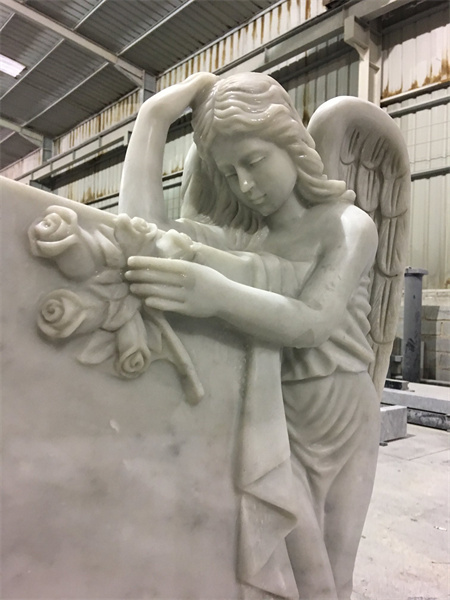
In conclusion, choosing a granite memorial manufacturer is a process that requires careful consideration. From the quality of the granite to the level of customer service, each factor plays a role in creating a memorial that will honor your loved one’s memory for years to come. Take your time, do your research, and choose a manufacturer that aligns with your values, needs, and vision. In the end, a well-made granite memorial will not only commemorate a life but also serve as a lasting symbol of love, respect, and remembrance.


